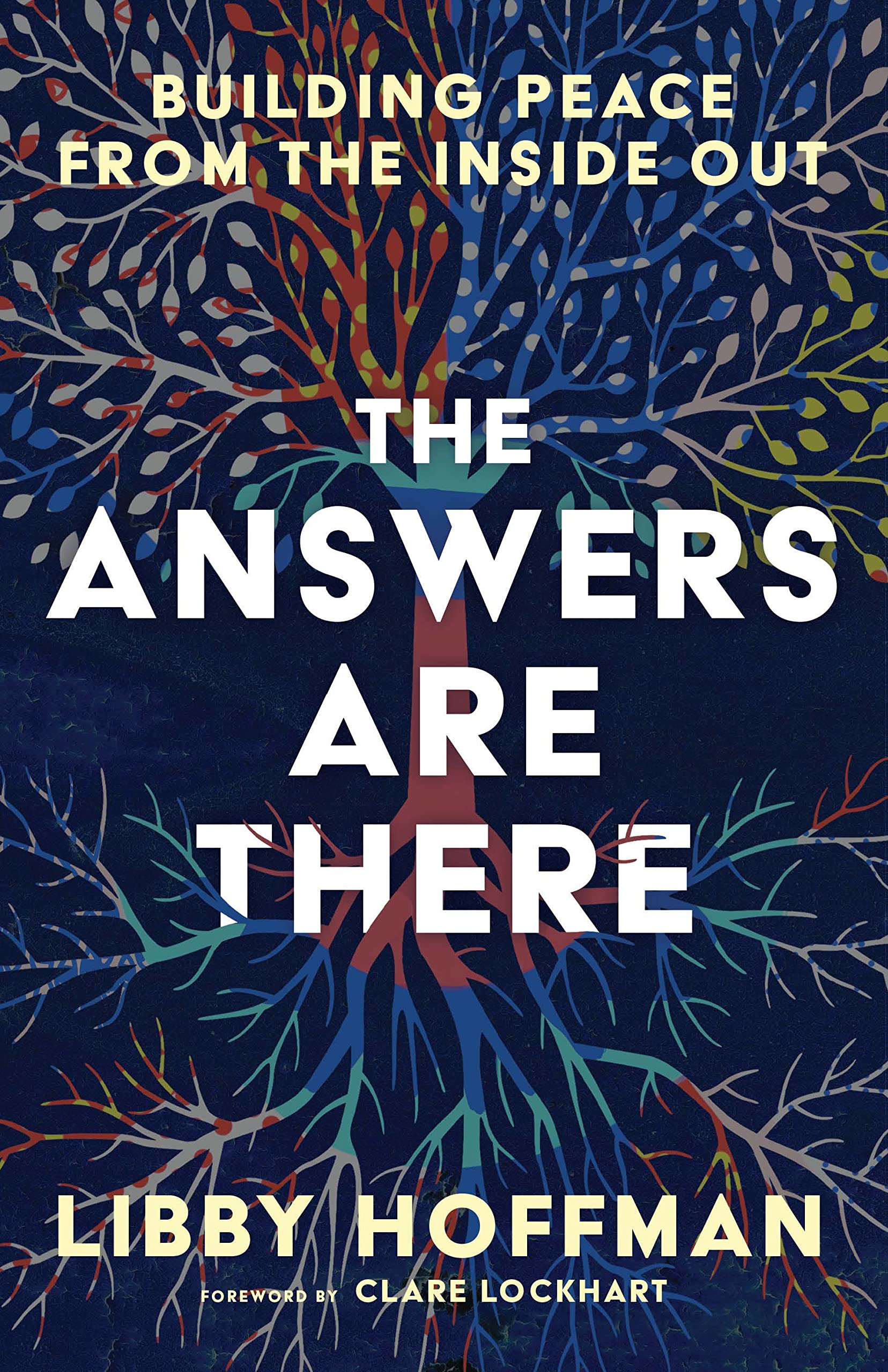What do you think?
Rate this book


328 pages, Kindle Edition
Published October 25, 2022
It’s like Sierra Leone is being recolonized by aid. The large NGOs are spearheading the response, and they have well-oiled machines–but no local structures or credibility within the community. It’s colonization by compassion. We are not victims. We are leaders and potential leaders. We are agents of change and agents of healing, agents of transformation. This needs to be built on rather than ignored.
[T]he Acholi wanted to use their traditional ways of dealing with conflict, the cultural and communal values they rested upon, such as forgiveness, to build a path toward peace and reconciliation… [T]he international community’s assumption that justice was found in prosecution undermined the Acholi’s to advocate for and engage in a broader reconciliation process.
[The Acholi’s] local healing and reconciliation practices [were] unacknowledged and untapped by the international system. The framework of formal justice, meanwhile, had a totalizing effect, erasing the Acholi culture’s communal and restorative approaches from the global conversation and simultaneously undermining their local power and efficacy.
Community is the place where people are connected not by position or role but simply by their fundamental humanness, and it is our very humanness that contains the seeds for transformation and healing. In fact, the reclamation of our humanity after experiencing, or even causing, great harm is the transformation.